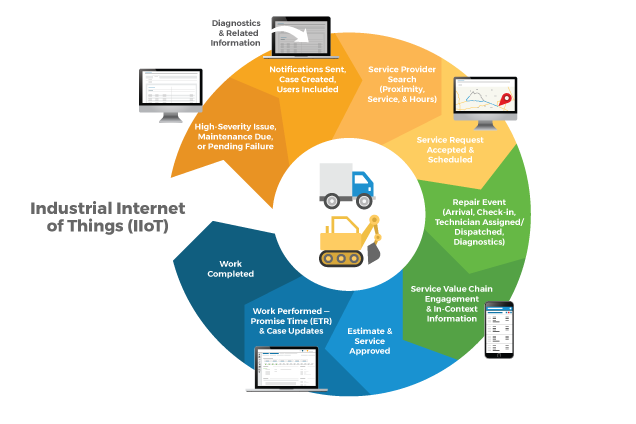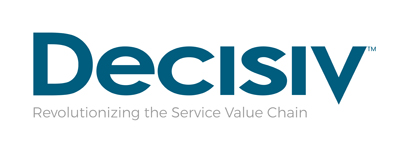What Drives Driverless Trucks?

When it comes to "autonomous trucks" and "platooning" driverless vehicles present clear economic benefits and improvements to freight hauling productivity, fuel efficiency and safety. Behind those initiatives are rapidly evolving foundational technologies.
Setting the stage for transformative changes in commercial vehicles is the Industrial Internet of Things (IIoT) and the telematics systems that are becoming commonplace in trucking operations, administrative and maintenance arenas.
Looking into the future, it is hard to avoid what is called the Shiny Object Syndrome. Defined as "an attraction to things that exhibit a glassy, polished, gleaming appearance," the focus in this case is on the cool factor, on physical products like smart devices, and yes, automated vehicles.
The fact is that smart devices, even when connected to telematics and IIoT sensors, do not and cannot optimize your business processes in a vacuum. Instead, it is the improved businesses processes and strategies enabled by connected assets that ensure real, sustainable business value. In other words, commercial vehicle performance and asset utilization will improve only when smart devices come connected to a robust ecosystem that drives repair and maintenance.
In service management, the growing volume of telematics and IIoT data from connected assets can strengthen manufacturer-service provider-customer relationships and make service and repair a competitive advantage. But smart devices that exist outside of this ecosystem will inevitably fail to improve productivity and efficiency. Without a direct connection to accurate, real-time information from multiple parties, siloed applications and smart devices are no better than traditional processes like phone calls, email and paper forms, which continue to stymie service management efficiency.
By enabling in-context access to key information (including connected asset data), real-time communication and collaboration, and business intelligence tools to enhance decision-making and ensure service event consistency, the Decisiv Service Relationship Management (SRM) platform is built on a digital strategy that fully leverages telematics and IIoT connected assets.
Telematics and IIoT interconnectivity is about more than connections between devices. It's about customers, partners and suppliers all being able to make data actionable. Ultimately, IIoT's potential can only be realized when it's directed by changes to business models and strategies.
Early adopters of Decisiv's SRM model have become the first examples of successful IIoT integration. Their success is why SRM adoption is growing in trucking and why it has become the enabling platform for commercial vehicle manufacturers, including Volvo, Mack, Hino, Peterbilt, and Kenworth, as well as their dealers and call centers, service networks and managed maintenance providers, and a growing number of fleet customers.
Don't be distracted by shiny objects. Ask instead how telematics and IIoT can close the loop in your service value chain and deliver a winning combination of higher efficiency, productivity and profitability.
Learn how the Decisiv SRM platform can be a real business accelerator.
About the Author: Dick Hyatt, President and CEO of Decisiv, has more than 25 years of experience building, managing and growing early stage technology companies At Decisiv, Hyatt is responsible for all aspects of building a world-class team of industry and technology experts and delivering high-quality, profit-improving products and services leading to long-term customer satisfaction.
Decisiv Service Relationship Management (SRM) software is already the choice of major vehicle manufacturers, including Volvo, Mack, Hino, Peterbilt, and Kenworth, as well as their dealers and call centers, service networks and managed maintenance providers, and a growing number of fleet customers. For information, visit www.decisiv.com


